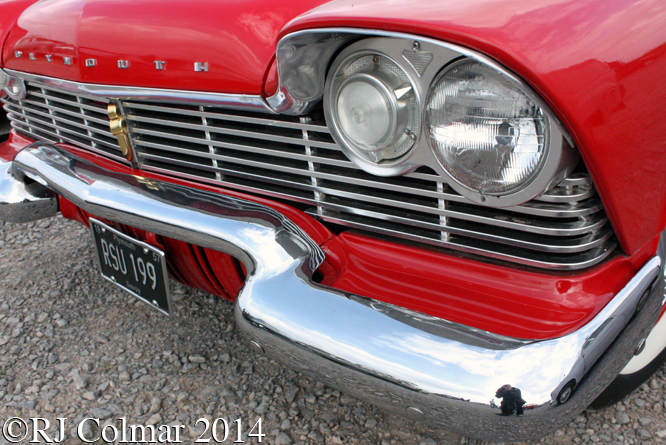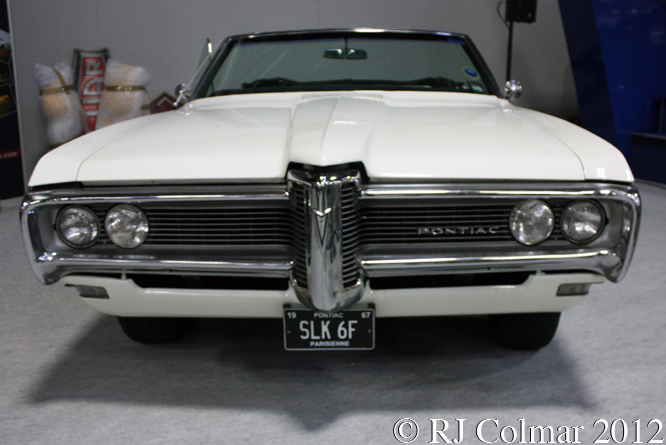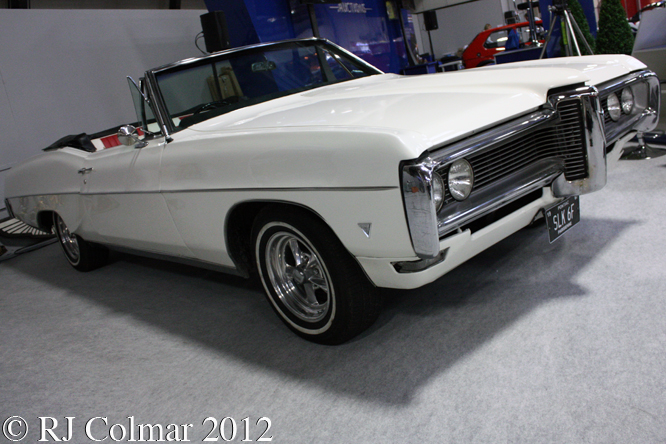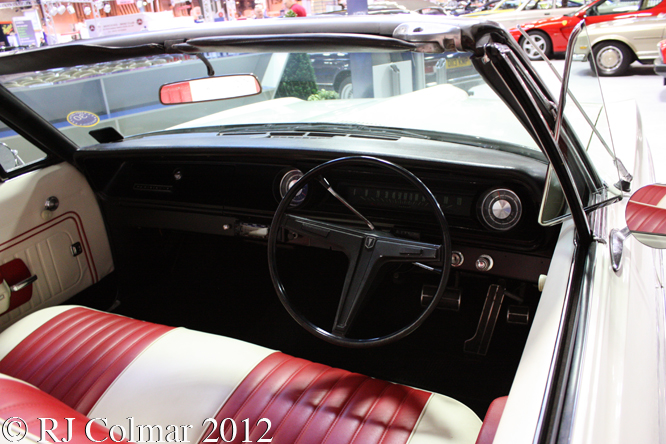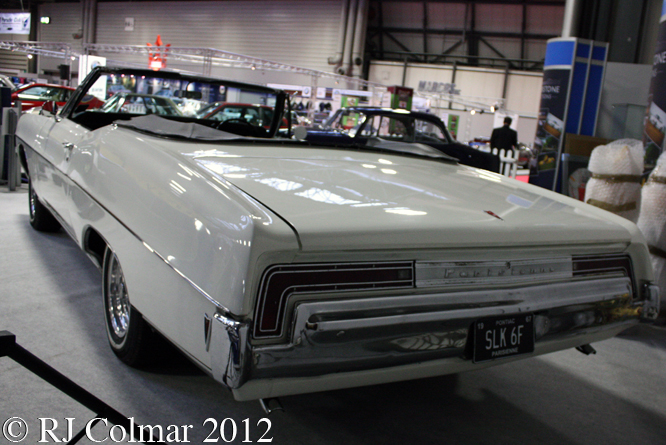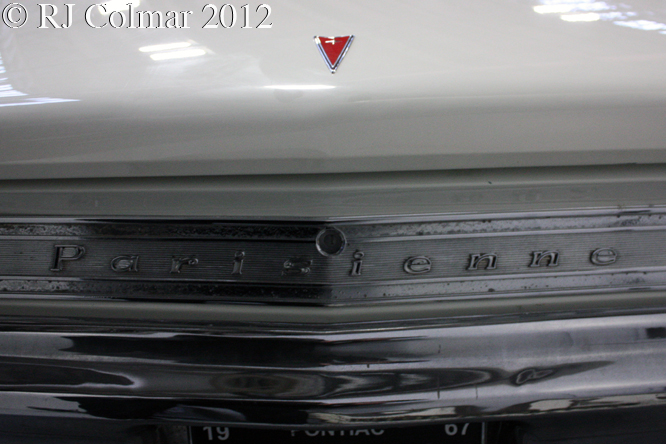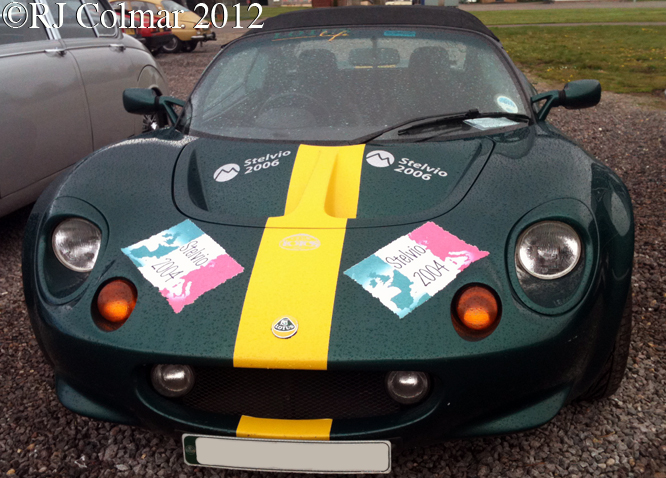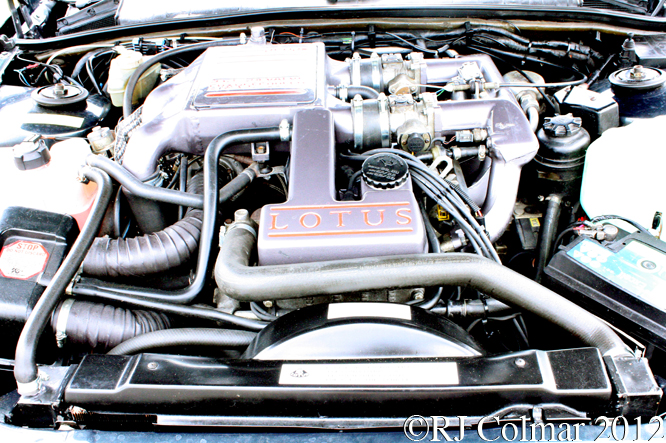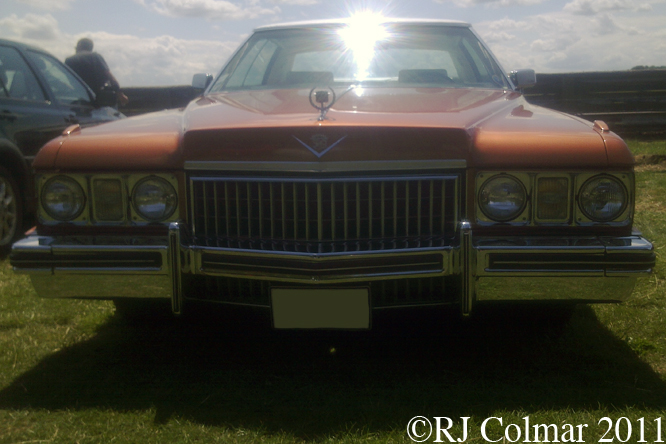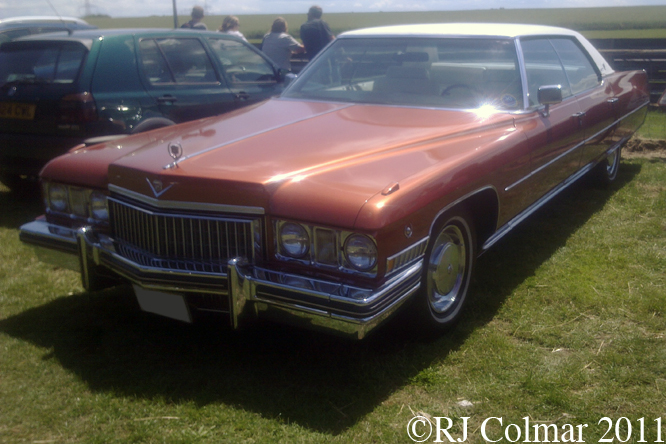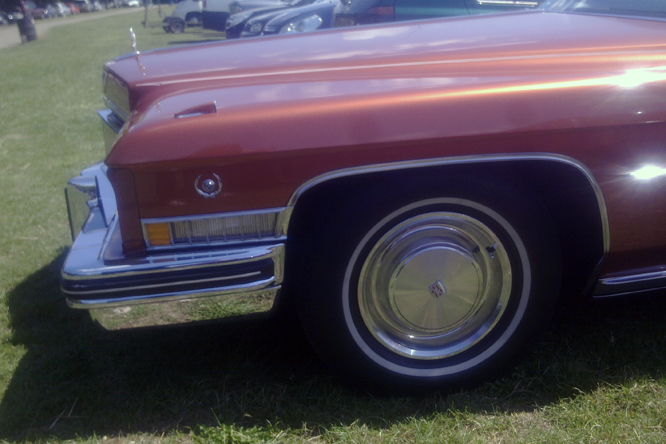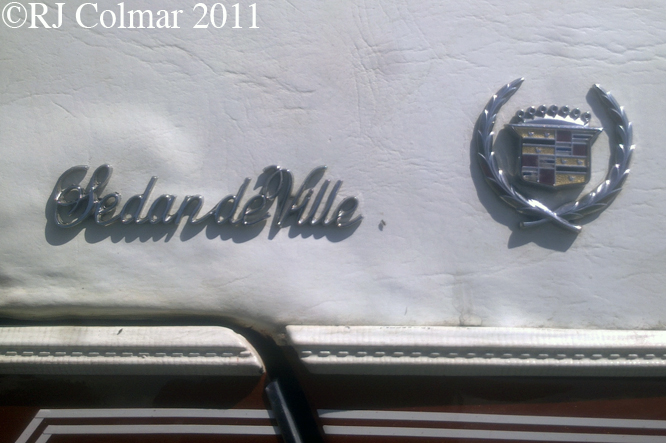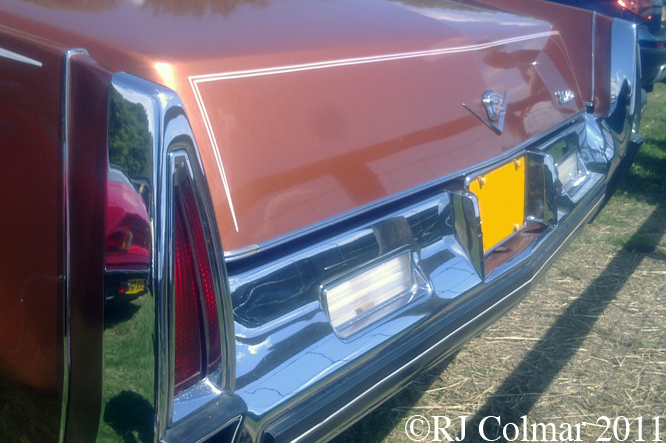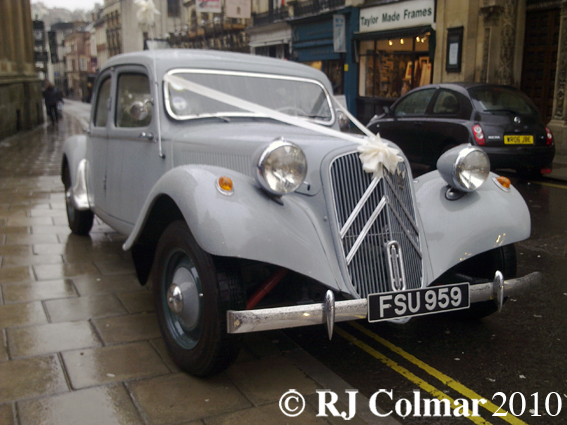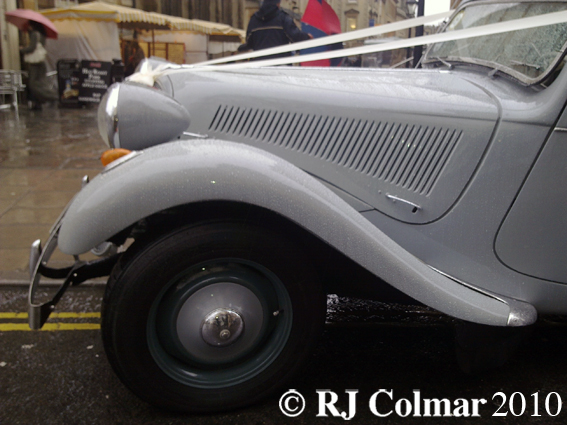Four years after the last fourth Generation Camaro was built Chevrolet unveiled a new Camaro Concept designed by South Korean-born Sangyup Lee at the North American International Auto Show in January 2006.

The car was built on a GM Zeta platform developed by Holden in Australia and when in August 2006 it was decided to put the fifth generation Camaro into production Holden were responsible for the final design, engineering, and development of the new model.
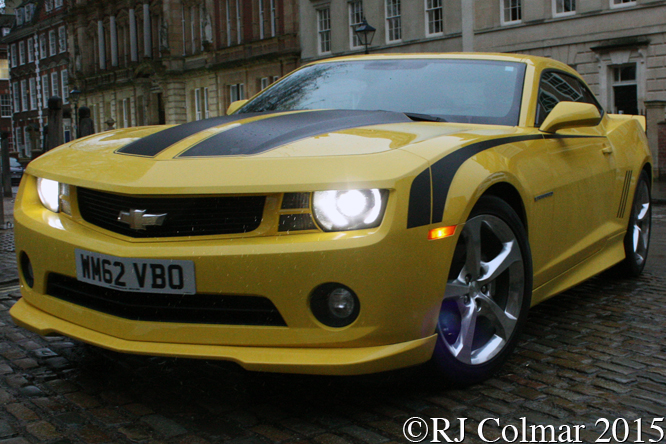
Production of the fifth generation Camaro returned to Canada but now at the Oshawa Car Assembly plant in Ontario alongside the Chevrolet Impala and Impala Limited, Buick Regal, Cadillac XTS, and Chevrolet Equinox GM models.
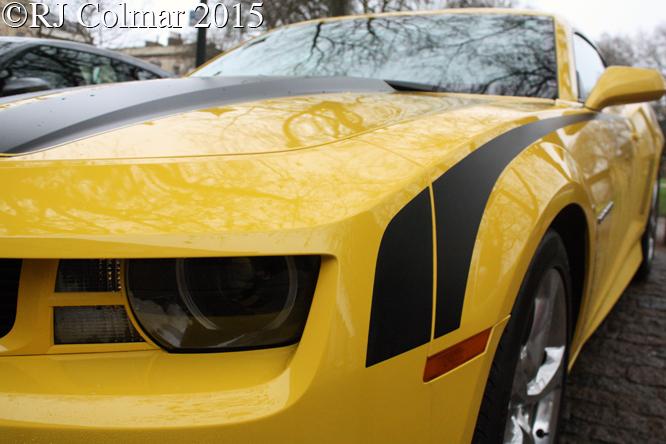
Fifth generation Camaro’s went back into production in 2009 with independent suspension and disc brakes all round, variable – rate power steering, StabiliTrak electronic stability/traction control system and six airbags on all models.
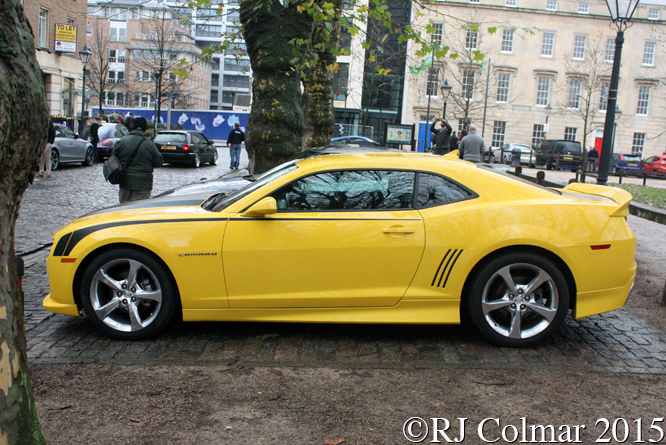
The first fifth generation Camaro was sold, at Barratt and Jacksons Auction raising $350,000 for the American Heart Association, to Rick Hendrick CEO of Hendrick Motorsports.
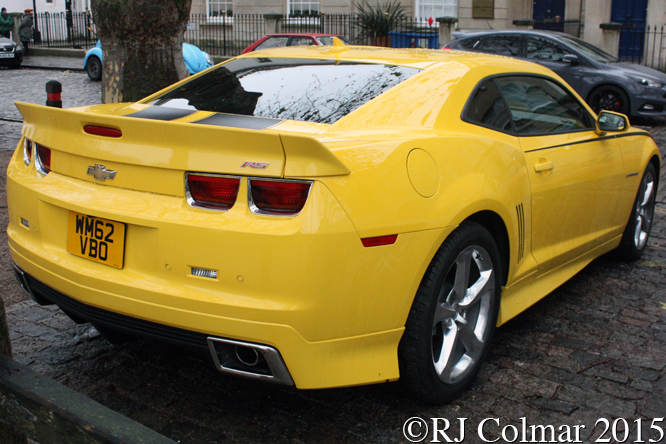
In 2012 updates included a power increase to 323hp up from 311hp in 2011 on the 3,564 cc / 217 cui V6 powered models such as the 2013 RS model featured today, other RS features include HID headlamps with integrated halo rings, spoiler, and RS-specific taillamps in 2012 the colour coded sharkfin aerial was included followed by 20 inch wheels in 2013.
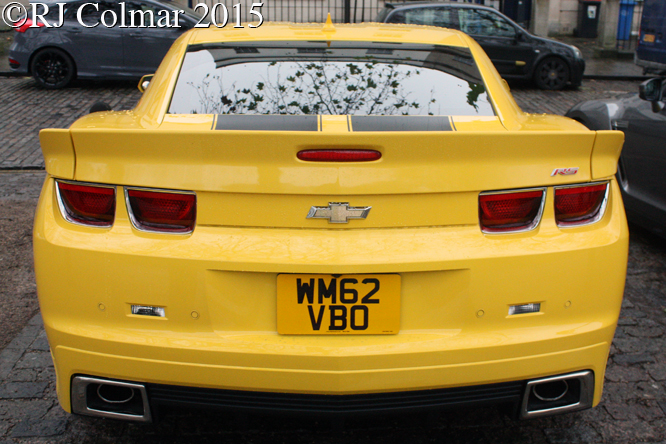
Today’s featured 2013 Camaro RS seen at an Avenue Drivers Club meeting in Bristol last year was registered in the UK on the 27th of March 2015.
Thanks for joining me on this “Global Pony” edition of “Gettin’ a li’l psycho on tyres” I hope you will join me again for FIAT Friday tomorrow. Don’t forget to come back now !




